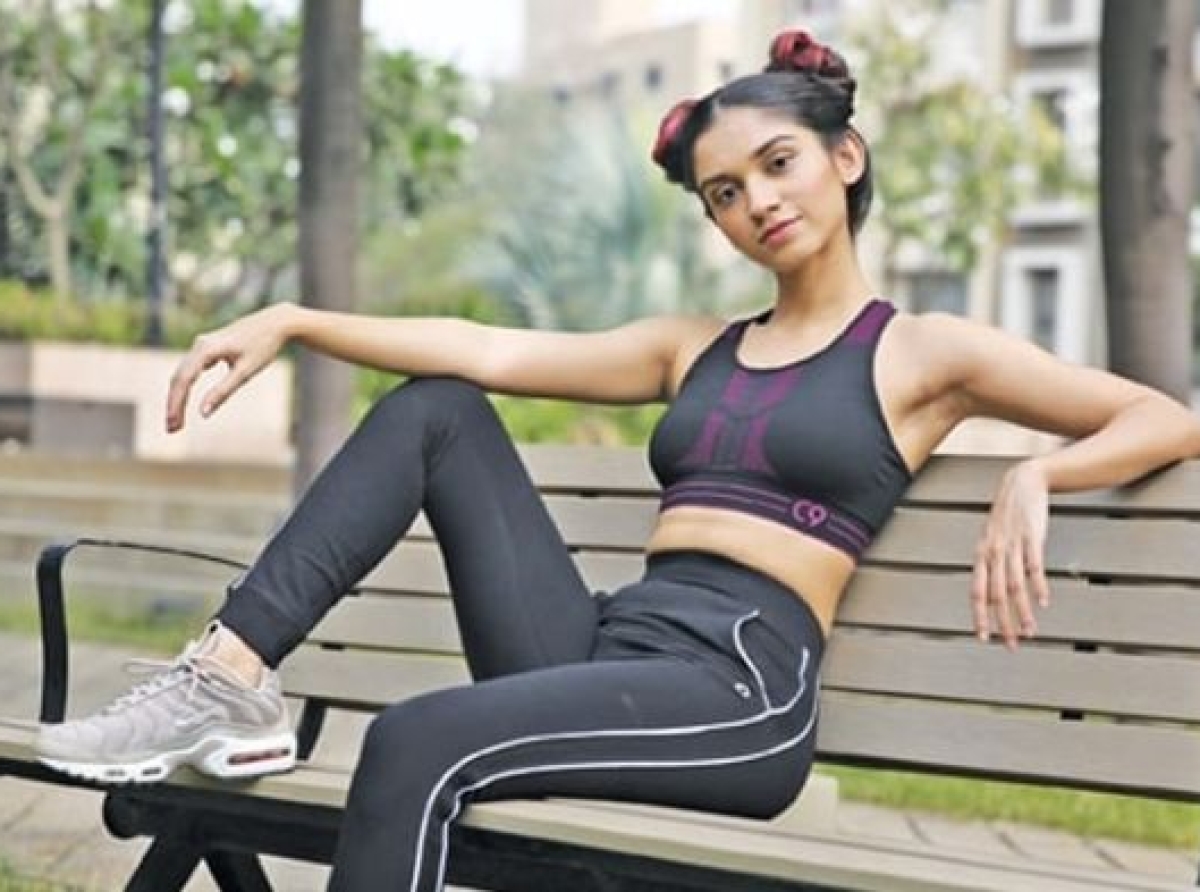30 December 2022, Mumbai
The COVID-19 epidemic presented the globe with a significant problem in 2020, and industries experienced their worst-ever conditions. With revenues and margins under pressure, almost every industry is still experiencing uncertainty. Demand for clothing has decreased as a result of unbalanced economic activities.
In 2020, the McKinsey Global Fashion Index anticipated two cases of recovery: Earlier Recovery, which stated that global fashion sales would decline by 0–5% in 2021 compared to 2019; and Later Recovery, which stated that the sector would return to the same levels of activity as it was in 2019.
The second, titled Later Recovery, predicts that fashion sales would return in the fourth quarter of 2023 after falling by 10 to 15% over the previous year compared to 2019.
How the pandemic shook the apparel industry Due to the pandemic's growing need for digital access to everything, businesses now have more opportunities for innovation, efficiency, and scaling up. Additionally, it has emphasized the necessity of switching to more ethical and responsible working practices.
In the upcoming years, digital platforms will be the key engine of growth as people continue to be wary of large-scale gatherings.
It is anticipated that both consumer demand and working practices would undergo significant and long-lasting changes among industry participants. Brands may face short-term difficulties such as shifting their attention to casualwear, continued pressure on luxury, shorter production cycles, and cash flow issues that will slow down investment.
The building craze for athleisure
Work-from-home (WFH), at-home workouts, and meditation have changed the norm and raised demand for already popular categories. Additionally, since a few months ago, individuals have become more committed to an active lifestyle, which has increased demand for activewear, loungewear, etc.
One out of every four #covid-19 postings, according to Heuritech's Instagram study, is about living a healthy lifestyle. Activewear actually demonstrates a surge among customers in general.
Leggings and cycling shorts are popular since they are hot fashion products at the moment. As customers focus more on sports activities, meditation, yoga, or simply lounging around, loungewear is on the rise. These items appear to be the hottest fashion trend right now.
Athleisure market size
The size of the worldwide athleisure market was estimated at USD 306.62 billion in 2021 and is projected to increase at a CAGR of 8.9% from 2022 to 2030. Over the projected period, it is expected that the young population of the nation will become more passionate about sports and outdoor recreational activities, which will raise demand for athleisure gear.
An important factor influencing this trend is an increase in consumer fitness and health consciousness, which is fueling the desire for stylish yet comfortable clothing. Furthermore, a few companies promote happy customers while focusing on particular athletic product categories. Additionally, many organisations provide consumers with specialized equipment that is best suited to certain client types as well as qualified assistance to assist them in making the right decisions.
Athleisure is now joining hands with sustainability, which is the latest fashion trend. According to Forbes, consumers continue to seek out and spend money on new products made of long-lasting, high-quality materials, and many companies are working to make the connection between fashionable and cutting-edge designs.
With a market share of more than 60.0% in 2021, mass athleisure dominated the industry. Athletic-casual attire is now accepted in a variety of social contexts.
These clothes are now deemed appropriate for the workplace and are made from sports-inspired materials like spandex, lycra, and other synthetic fibres. Around the world, more people are shopping online and buying items to pick up in person, and both trends are expected to continue.
The COVID-19 lockdowns have also increased the number of people making their first online garment purchases: as a result of the epidemic, 14% of Americans and 17% of Chinese consumers made their first online apparel purchases.

























